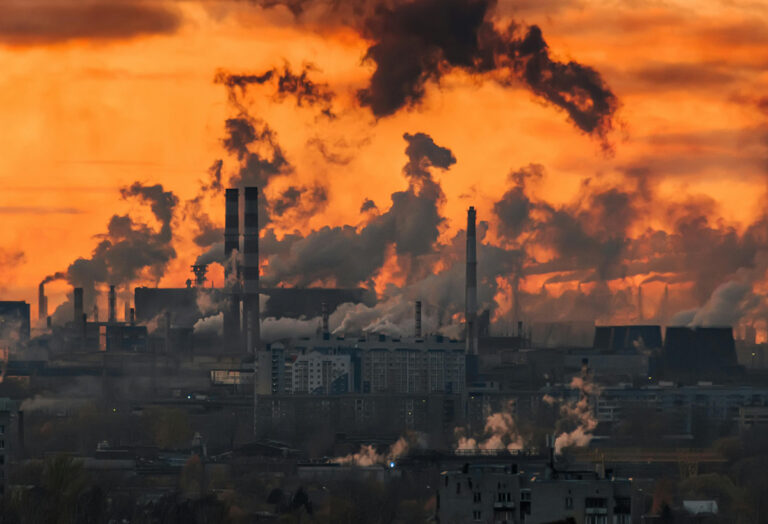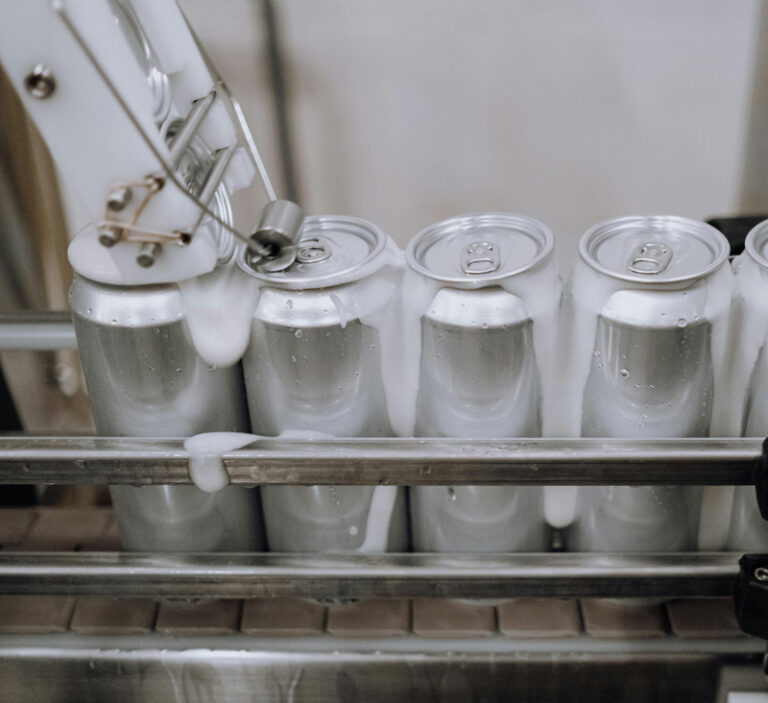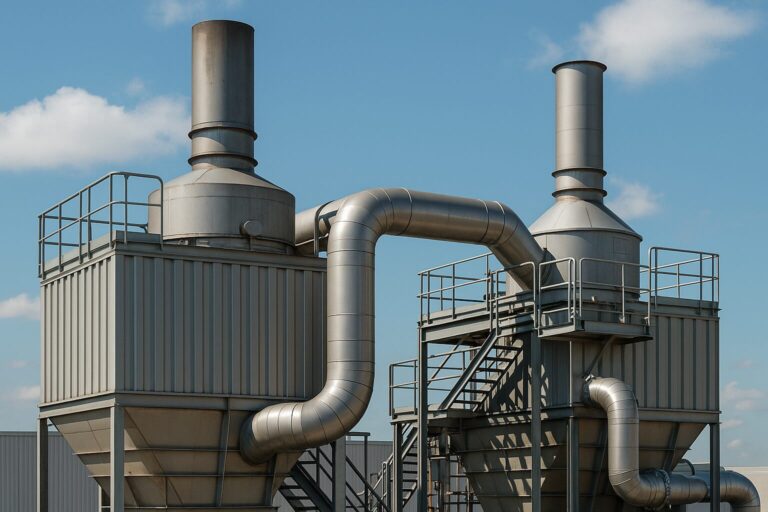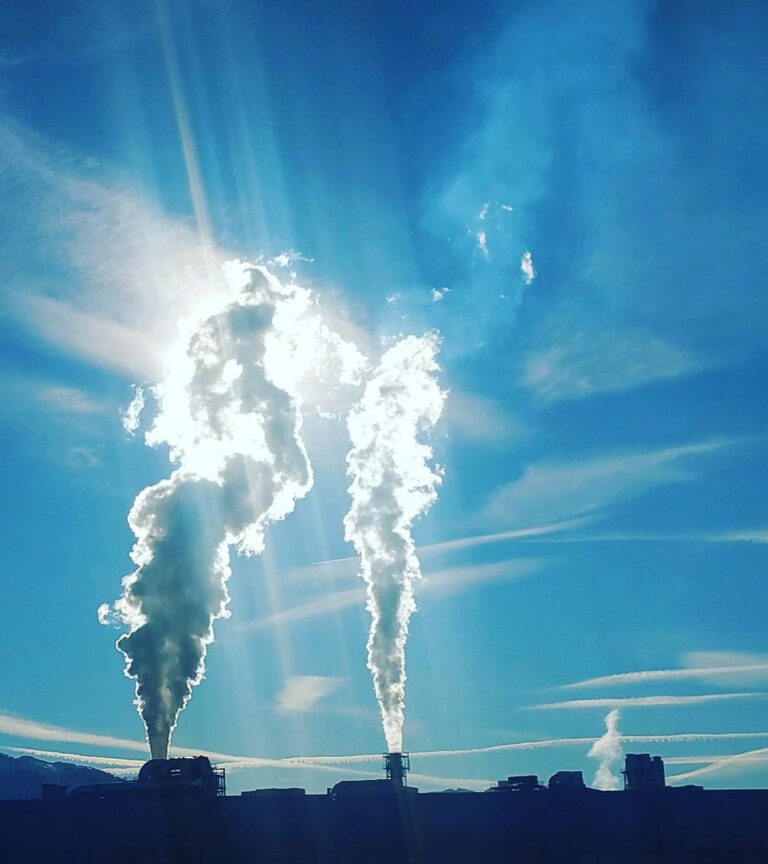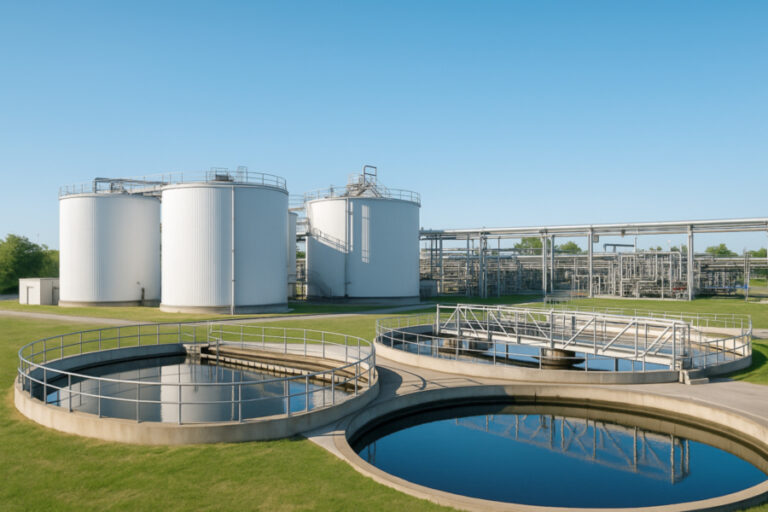Are Green Alternatives Always Better? A Technical View Without Greenwashing
In today’s energy transition context, many industries feel pressured to adopt greener solutions for air emission treatment. While technologies like biofilters or catalytic systems offer real sustainability advantages, they are not always the most appropriate option from a technical or operational standpoint.
This article offers an honest, experience-based view of scenarios where maintaining or even installing a thermal oxidizer remains the most effective, safe, and cost-efficient choice.
1. High Toxicity Emissions or Non-Biodegradable Compounds
Biofilters and bioscrubbers rely on the metabolic activity of specific microorganisms to degrade volatile organic compounds (VOCs). While highly effective for biodegradable VOCs, their application becomes risky or ineffective when dealing with substances that inhibit or kill microbial colonies.
Compounds such as chlorinated hydrocarbons, phenols, halogenated solvents, or volatile metals are notoriously resistant to biological degradation and often toxic to microbial systems. In real-world operations, even trace amounts of these compounds can lead to partial system collapse, odor issues, and compliance failures.
Thermal oxidation, by contrast, does not depend on biological stability. Operating at temperatures up to 1000°C, it provides complete destruction of these contaminants through combustion, ensuring reliability even in harsh chemical environments. For industries such as aerospace, electronics, or specialty chemicals, this resilience makes thermal oxidizers the only viable choice.
2. Presence of Abrasive Particles or Silicones in the Air Stream
Both catalysts and biological media are sensitive to suspended particles. Silicones, for example, can poison a catalyst within weeks, drastically reducing its efficiency and lifespan. Abrasive particles such as metal dust or ash damage filter materials and catalytic coatings.
In these scenarios, thermal oxidizers with robust combustion chambers and solid pre-filtration systems remain the most reliable and durable option.
3. Highly Variable Airflow or Irregular VOC Concentrations
Catalytic and biological systems require stability in airflow and pollutant load to operate efficiently. In processes with frequent shutdowns, startups, or pulsed emissions, their efficiency drops significantly.
Thermal oxidizers—especially regenerative types (RTOs)—provide strong thermal buffering and performance stability even under fluctuating operating conditions.
4. Strict Regulatory Requirements or International Audits
Some industries are subject to stringent environmental controls or international certifications (ISO 14001, BREF, IED) that demand VOC destruction levels above 98%. In such cases, thermal oxidation remains the reference standard—especially when performance must be validated in audits or ESG compliance processes.
5. A Balanced View: When Green Is Not the Best
Although the momentum behind green technologies is well-founded and necessary, there is a tendency in some sectors to adopt them without a full technical feasibility analysis. This “green rush” can lead to systems that underperform, degrade faster, or require unexpected maintenance.
Understanding the limits of each solution shows not resistance to change, but maturity in design and environmental responsibility. A thermal oxidizer is not an “anti-green” decision—it is often the most environmentally honest one when biodegradability, air flow variability, or chemical load cannot be handled reliably by other means.
6. Frequently Asked Questions (FAQ)
Is replacing a thermal oxidizer always more sustainable?
Not necessarily. While sustainability is a crucial goal, replacing a thermal oxidizer with a greener alternative that lacks the capacity to manage the specific pollutant profile can result in operational inefficiencies, compliance failures, or increased environmental risk.
What are the maintenance needs of a thermal oxidizer?
Thermal oxidizers are engineered for durability in demanding environments. Routine maintenance typically includes scheduled inspections, burner calibration, and heat exchanger cleaning. Compared to bio-based or catalytic systems, they are less susceptible to performance degradation due to variable loads or contaminant sensitivity.
Can I use thermal oxidizers for low-VOC applications?
Yes. Regenerative Thermal Oxidizers (RTOs), in particular, are designed to achieve high destruction efficiencies even at low VOC concentrations, thanks to their superior thermal energy recovery systems. This makes them a viable option for a wide range of emission scenarios.
Are green systems more cost-effective?
Green technologies may offer lower initial capital expenditures in some cases. However, a comprehensive cost assessment must account for maintenance frequency, system lifespan, downtime risk, and regulatory compliance. In high-load or chemically complex environments, thermal oxidizers often present a more reliable and economically sound investment over the full system lifecycle.: Choose Based on Technical Balance, Not Environmental Pressure
Although green technologies play a key role in industrial transformation, they should not be implemented dogmatically. Understanding the limits of each system shows technical maturity and a real environmental commitment.
At WIZZUM, we support our clients through objective evaluation of each scenario, designing emission control strategies aligned with their specific emission profiles, operational constraints, and compliance requirements. Because true sustainability lies in making informed, balanced decisions—without compromising safety, reliability, or long-term performance.


